Learning can come through reminders about what you knew in the past but had long forgotten. This happened to me the other day as I followed my curiosity to see why a memorial exhibit for Martin Luther King, Junior entitled “MLK Après 50” was being featured on 17 to 24 October 2018 at the Palais de Congrès in Grasse. Why would the City of Grasse be hosting such an exhibit on the occasion of the fiftieth anniversary of his death? It was odd, too, for this to happen in October since MLK’s birthday was in month of January and he had been assassinated in the month of April,. But maybe there was something more to this exhibit than an MLK memorial. Could this mean something about the crosscutting and broader impact of MLK’s legacy for today’s world of racial and ethnic divisions? Even in Grasse?
The official ceremony with the Mayor of Grasse, Jerome Viaud was scheduled for a Friday evening at 6 pm, and I went early to go through the exhibit before the ceremony. This poster of Martin Luther King was the first thing to catch my eye.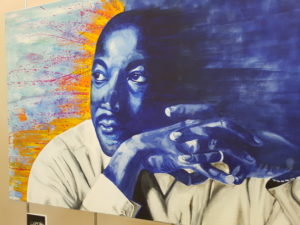
The display filled the large room with a series of 24 oversized posters. (See more information on the “MLK Après 50” website here). They covered a history of the American civil rights movement and the various organizations that pursued competing strategies before MLK did his bit to unify the movement around his message of non-violent civil disobedience. Here is one of the posters showing the main speakers at the famous 1963 March on Washington in front of the Lincoln Memorial.
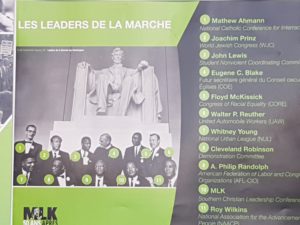
Protestant Interest in MLK
It turns out that this exhibit was not just intended for Grasse but had been developed by a cluster of French Protestant groups to be exhibited throughout France in this year of the 50th anniversary of MLK’s death. This religious affiliation was not obvious at the start, and I found no evidence of documentation in the posters themselves. I had come to the exhibit because of my interest in MLK, not because of any interest in French Protestant groups. I began to pick up the religious connotations, however, when the main speaker at the official ceremony was a local Protestant minister (Pastor Christian Barbéry), an articulate individual in his own right but a person I had not previously met. Mayor Viaud was the only other official speaker. He was gracious in his light-hearted way about paying respect to his Protestant counterpart on the podium, albeit confirming that he himself was not a Protestant.
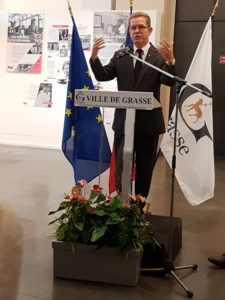
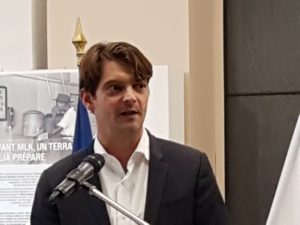
I am sure that Pastor Barbéry explained the Protestant origins of the exhibit to the audience, even if I missed much of it because of my limited French but what struck me was that most of the 50 or so people there in the audience appeared to know him and what he was talking about. I gradually came to realize that they were probably all of the small Protestant community in Grasse. Here was this group that I had never seen before in all the other Grasse gatherings I had attended at the Palais.
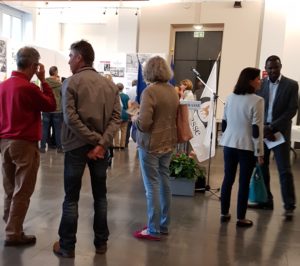 At the reception following the ceremony, I even met another pastor, Pastor Mak Mengi, who introduced himself as another ordained minister in the Protestant community but one who is a native of Comoros Islands and is married to someone from Martinique!
At the reception following the ceremony, I even met another pastor, Pastor Mak Mengi, who introduced himself as another ordained minister in the Protestant community but one who is a native of Comoros Islands and is married to someone from Martinique!
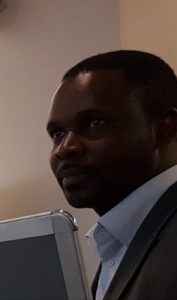
Wow! I realized that I had a lot to learn about the dynamics of French Protestantism!
Anyway, these chance encounters of a Protestant group and two of its pastors led me to do some research. It turns out that, yes, indeed, this exhibit had been sponsored by a veritable network of mostly evangelical Protestant groups. (See the citation above for the sponsors.) Further internet search identifies the Protestant religious affiliations in France to be the third largest religious grouping in percentages – top being Catholic, of course (estimated by some statistical sources at some 63 to 66 per cent but many of whom are not practicing Catholics), but then Islam in second place (estimated between 7 to 9 per cent) and then way down to around one per cent for Protestants. This, of course, includes both the more traditional Protestant churches with their Calvinist roots and the newer evangelical Protestant churches. That one per cent figure is similar to the Jewish population of France, also at about one per cent. (One should recall, however, that official French census data do not report either ethnic or religious affiliations. So these are all rough estimates.)
Linking MLK to Martin Luther
Setting aside the superficial survey of Protestant groups that I made in my Internet research at this point, I am more interested in remarking about why this particular cluster of Protestant groups chose to zero in on the 50th anniversary of MLK’s death. The exhibit and accompanying resources appear to be a major investment of their resources for outreach to the general public. One clue came from that Protestant dignitary at the ceremony, Pastor Barbéry, who mentioned that there had been another ceremony in October of the year before, for which he was most appreciative of the Mayor’s support. This was a ceremony in honor of the 500th anniversary of Martin Luther’s “Posting of the 95 Theses” on the door of the Wittenberg Castle church back in 1517. This event is regularly cited as the beginning of “the Reformation”.
Oh my! So one year we celebrate the “Reformation of Christianity” brought about by Martin Luther and the next year we honor a man named after this same German theologian! Ah yes, one of the posters in the exhibit did explain that it was MLK’s father who, on a 1930’s trip to Europe with other Baptist theologians, had studied the powerful role of Martin Luther in the Reformation. This reportedly inspired him to change both his own name and the name of his son from Michael to Martin Luther as a result! Wow! So the Protestants, at least the Protestants in France, had chosen to make a point of the historic significance of this renaming phenomenon!
Looking further into this relationship, I wondered about the relationship of MLK to the 95 Theses and the particular month of October. Here is where my “re-learning” comes in. I had completely forgotten, if I ever really remembered, that Martin Luther either posted the 95 Theses on that famous Wittenberg Castle church’s door or at least sent the 95 Theses to his targeted audience on 31 October! I do remember that as a child in a very devout Lutheran family in Minnesota, there was such a thing as “Reformation Sunday”! And yes, I do remember singing “A Mighty Fortress Is Our God” every year on that particular Sunday. What I had forgotten is that this was always the last Sunday in October.
My goodness! What one “re-learns”! I am reminded now that this choice of date was considered to be a deliberate move by Martin Luther to challenge the Catholic Church on its abuse of “indulgences” on a date that had its own religious meaning. I had either forgotten or never really understood the significance of his doing this precisely on 31 October of that year 1517. Somehow, I also missed the 500th anniversary celebration in Grasse last year, but then I am no longer active in either Lutheran or any other Protestant communities. And even though it is now a holiday – that is, 31 October is actually “Reformation Day” (and NOT Halloween!) and is even a holiday for that purpose in many of the Lutheran and Calvinist enclaves of both Germany and Switzerland – I had somehow missed this linkage of the Reformation with 31 October. In spite of having lived in Switzerland for many of these past 20 years or more! And of course, it is not a holiday in predominantly Catholic – excuse me, universally secular – France!
Varying Interpretations of MLK and the American Civil Rights Movement
Returning to the MLK exhibit, I came to see the exhibit in a slightly different light. Yes, the American civil rights movement has always been strongly associated with religious institutions, and the Rev. Martin Luther King, Jr, was first a Baptist minister and from that religious base became a powerful voice for civil rights in the United States – and elsewhere in the world. The religious foundation is fundamental, even if his philosophical roots include being influenced by Mahatma Gandhi and others not directly associated with Christianity of any sort. The MLK Après 50 exhibit was useful and informative in that regard, even if it had a slightly different take on the civil rights movement in the US, both before but also especially after the role that he played in bringing about the changes in the laws and practices of the US.
That slightly different take has to do with the exhibit’s emphasis on personality driving a movement. I really liked the exhibit, but I am somewhat perturbed by the implication in the exhibit that the civil rights movement in the US dwindled in significance after MLK’s assassination in 1968., as described in this illustrative poster from the exhibit. 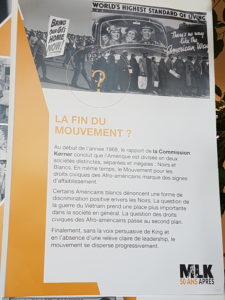 I can appreciate the point that racism did not disappear after MLK’s death. It continues to define much of American political divisions and has even been exacerbated by the ranting of some of America’s political figures today. In fact, I have been reading a lot about American history to get a better sense of how pervasive this issue is in the American psyche. But I also know that I was personally part of the momentum that enabled us to do more and more for the cause, independently of a mobilizing figure like MLK.
I can appreciate the point that racism did not disappear after MLK’s death. It continues to define much of American political divisions and has even been exacerbated by the ranting of some of America’s political figures today. In fact, I have been reading a lot about American history to get a better sense of how pervasive this issue is in the American psyche. But I also know that I was personally part of the momentum that enabled us to do more and more for the cause, independently of a mobilizing figure like MLK.
Legitimately, there were distractions that complicated the forward momentum of civil rights in the 1960s and 1970s. The exhibit notes how MLK himself took the bold step in his famous Riverside Church speech in 1967 to oppose the US policy in the war that was escalating in Vietnam. I was personally part of that effort to oppose American policy. And there was also a phenomenal emergence of the women’s rights movement in the late 1960s and early 1970s that had been neglected in the rhetoric and goals of the earlier civil rights movement. HOWEVER, they all became intermingled in a genuine momentum for fairer justice for all.
I was a part of that, too, including a major effort on my part to bring business and civil society together on major revisions to the civil rights laws in the early 1990s at the national level in the USA. On that matter, we did reach a consensus that did result in a law that was enacted in 1991. The breakaway group in the business community that I helped to orchestrate worked closely with civil rights groups, women’s rights groups and Mexican-American rights groups to make this possible. Even before that, however, I had personally been involved in linking women’s rights concerns with civil rights concerns in my time as an organizer of coalitions and as a state senator in the now infamous state of North Carolina way back in the mid-1970s. There was momentum on all fronts! So it is wrong to suggest that MLK’s assassination ended the forward movement.
MLK, the Reformation and Halloween
So back to the “MLK Après 50” exhibit. It would be nice if we could find a way for the inspirational messages of Henry Thoreau, Mahatma Gandhi and Martin Luther King Jr to reinvigorate our passion for fairness and equality today. A big difference today is that our challenges aren’t necessarily directed at civil disobedience in a non-violent way against exploitative laws. Rather, we are confronted with how to mobilize absorptive strategies for established communities to accept and integrate alien cultures into their societies – but also to identify how those apparently alien cultures can move towards the established communities in which they need to operate.
And now we have this strange tradition of Halloween that is so much a transmogrification of the old Celtic and even early Christian holiday. It is a tradition associated with the beginning of winter when everything dies in the cold. That is to say, this “hallowed eve” (like Christmas Eve) prior to “All Saints’ Day” was intended as a holiday (a “holy day”) that conjured up the spirits, thereby linking and honoring the dead with the living. It was this very tradition of mobilizing the community to pay their respects to the saints and others buried in their places of worship that reportedly inspired Martin Luther to challenge the abuses in the Catholic Church on that particular day and that ultimately led to what we now call the “Reformation”.
So 31 October is the “Reformation Day” holiday for many adherents of Martin Luther’s legacy. Forget ghosts, witches, goblins and skeletons! Celebrate the Reformation! We also note, by the way, that French tradition does not celebrate Reformation Day, but it does have a related link to celebrating a combination of All Saints’ Day on 1 November and All Souls’ Day on 2 November. So the tradition is not quite the same for the predominantly Catholic history of this country. In fact, we have learned the hard way that one never brings chrysanthemums to a French dinner party because they are the flower of choice when people visit cemeteries on 2 November to pay their respects to the loved ones who have passed away.
What does this have to do with “MLK Après 50”? Well, there really isn’t a connection. It is just coincidental that the exhibit came through Grasse in October. But it was the timing of this Grasse exhibit in October and the reference by Pastor Barbéry to the link of this exhibit to the other anniversary honoring MLK’s namesake. So there is indeed a linkage between MLK and Martin Luther. And that led to these insights about 31 October as the official “Reformation Day” that we have otherwise known as Halloween. It seems fitting, after all, to honor the legacy of Martin Luther King, Jr., on this occasion and to consider ways to translate that legacy into action to bring us ALL together, free from any and all forms of racism and bigotry in the world today.
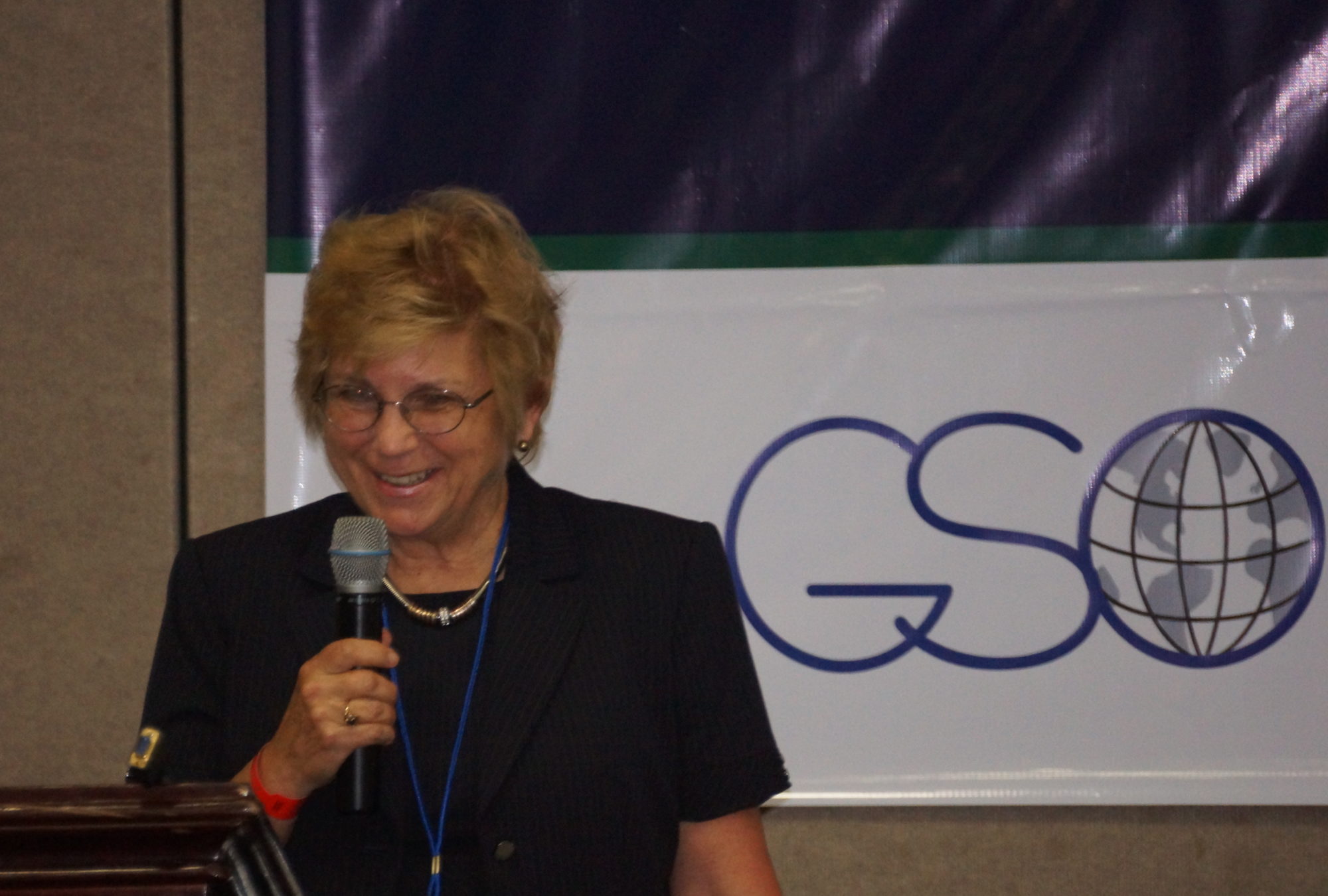

Hi there! Such a great post, thanks!